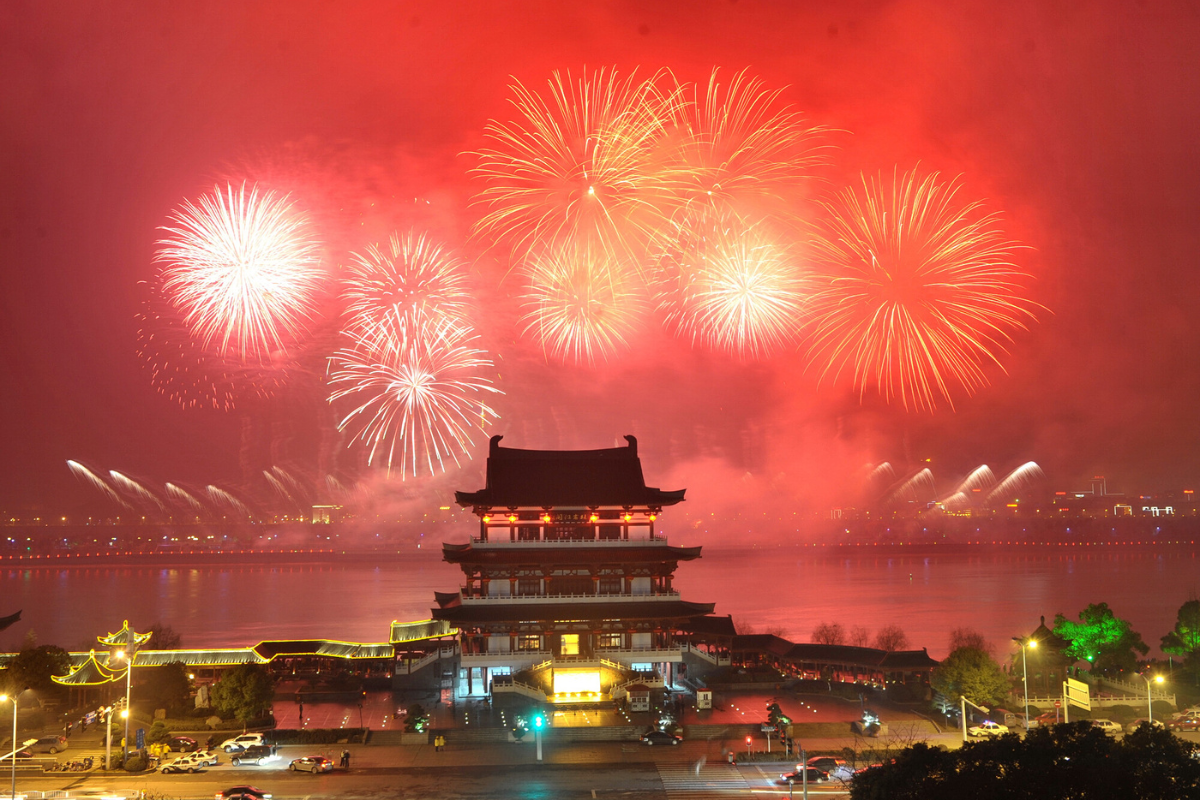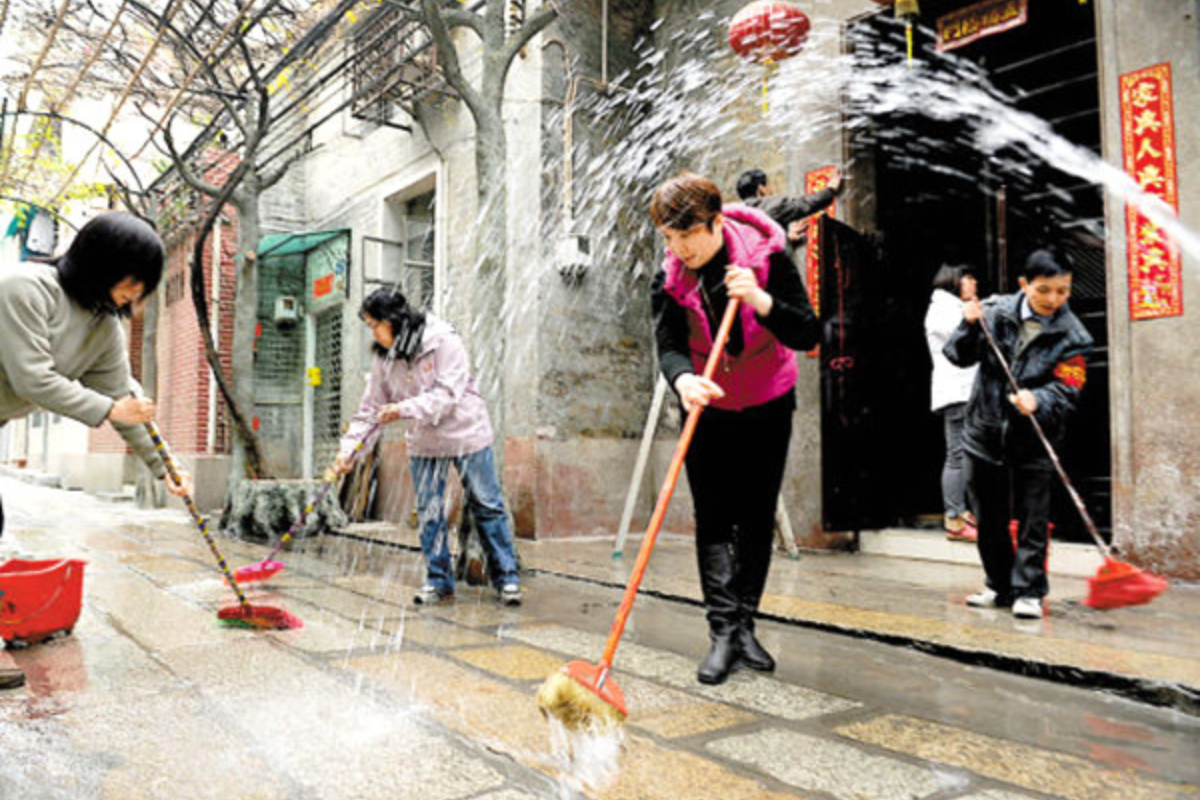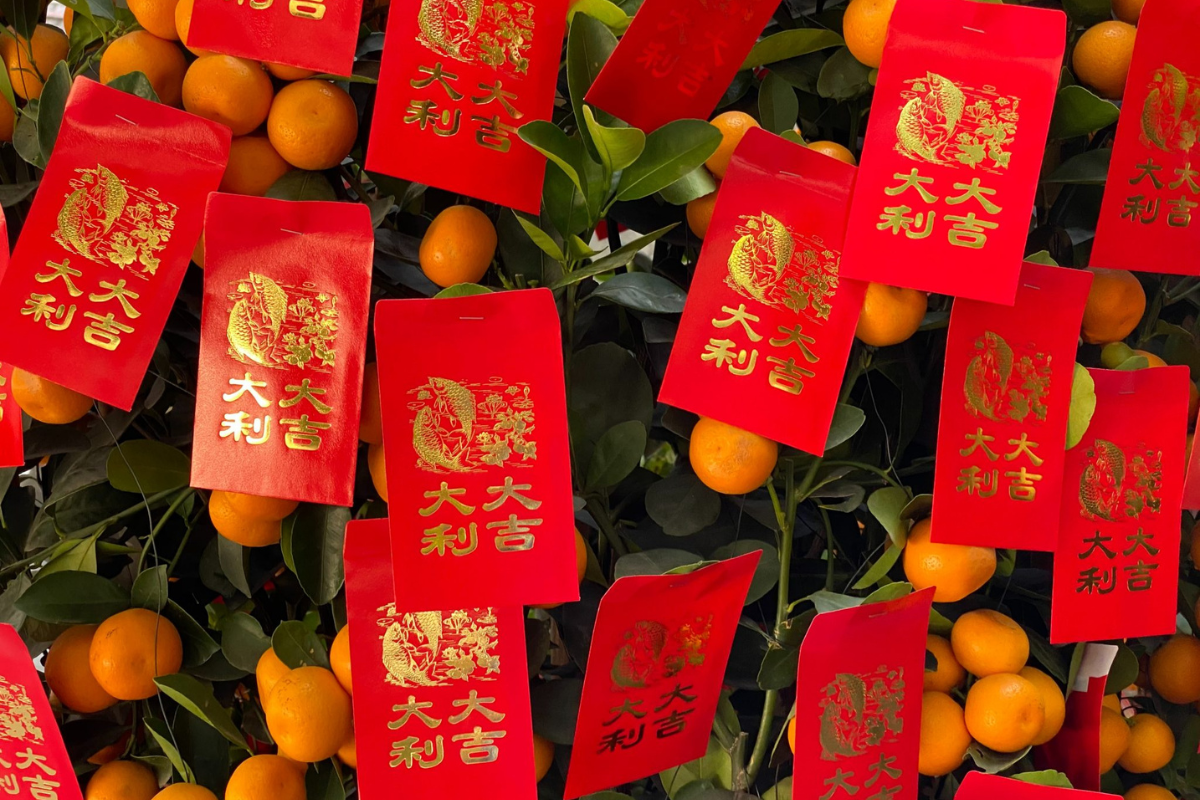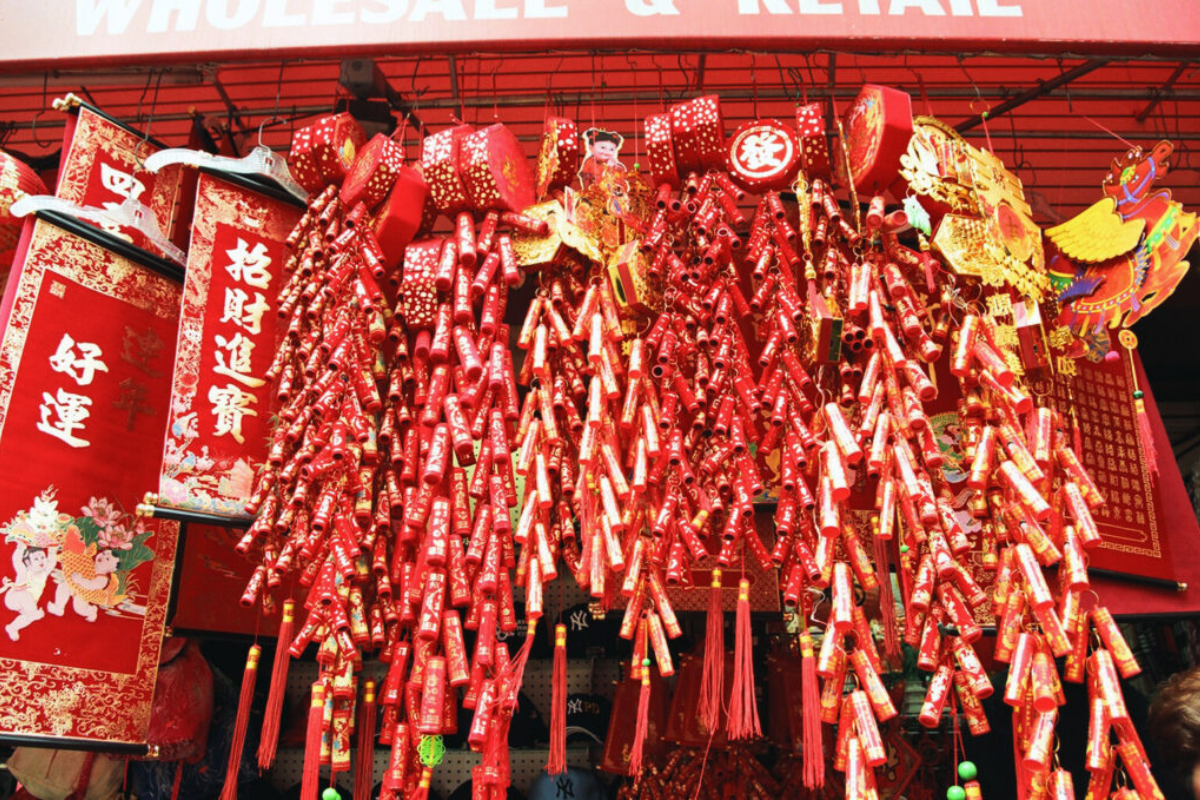Chinese New Year is the most important traditional festival, celebrated for over 4,000 years in China. It marks the beginning of a new lunar year and is a time for families and friends to reunite, and express their hopes for the year ahead.

The celebration is steeped in rich symbolism and traditions that carry deep cultural significance. Among these traditions, spring cleaning, red envelopes, and firecrackers stand out as symbols of renewal, prosperity, and good fortune.
Spring cleaning: Sweeping away the old to welcome the new
Spring cleaning, a tradition deeply ingrained in Chinese culture, holds immense significance during the Lunar New Year celebrations. This practice, known as “sweeping away the old,” is not merely about physical tidying; it is a symbolic cleansing, a ritualistic act of shedding the burdens of the past year and welcoming the blessings of the new.
In the days leading up to the Lunar New Year, homes undergo a thorough cleaning from top to bottom. Every corner is meticulously scrubbed, every surface polished, and every cluttered space decluttered. This thoroughness stems from the belief that by sweeping away the dust and debris of the past year, one is also removing bad luck and negative energy, creating a clean slate for the upcoming year.
The broom, the primary tool of spring cleaning, takes on a symbolic role in this ritual. As it sweeps across the floors, it is believed to sweep away not only dirt but also misfortune and ill fortune. The act of sweeping is seen as a way to clear the path for good luck and prosperity to enter the home.

Spring cleaning is not just about physical cleaning. It is also a time for introspection and reflection. It provides an opportunity to let go of past grievances, forgive mistakes, and make space for new beginnings. By decluttering the physical space, we also declutter our minds, creating a more tranquil and welcoming environment for personal growth.
The symbolic cleansing of spring cleaning extends beyond the home to the community. Streets and neighborhoods are spruced up, removing any lingering reminders of the old year and creating a fresh and vibrant atmosphere for the new one. This collective effort reflects the importance of community spirit and shared responsibility in maintaining a harmonious and prosperous environment.
In essence, spring cleaning serves as a bridge between the old and the new, a symbolic act of renewal and transformation. It is a reminder that with each passing year, we have the opportunity to start afresh, shed the negativity of the past, and embrace the promise of the future. As we sweep away the old, we open our hearts and homes to the blessings of the new, welcoming the New Year with a sense of hope, optimism, and a renewed spirit.
Red envelopes: Symbols of prosperity and good fortune
Red envelopes are an integral part of Chinese New Year celebrations. These small, ornately decorated envelopes filled with money symbolize prosperity, good fortune, and blessings for the recipient. The color red, ubiquitous during Chinese New Year festivities, holds deep cultural significance. It is associated with joy, happiness, and good luck. The act of giving red envelopes is a gesture of good wishes, expressing hope for the recipient’s health, wealth, and happiness in the new year.

Traditionally, red envelopes were given only to children and unmarried adults. However, in recent years, the practice has been extended to include elderly family members, friends, and even colleagues. The amount of money given varies depending on the relationship between the giver and recipient, but even a small amount is considered a token of good fortune and respect.
In addition to their symbolic meaning, red envelopes also serve as a practical way to exchange money during the holiday season. They provide a convenient and socially acceptable way to give gifts to a large number of people.
The act of giving and receiving red envelopes is an important part of Chinese New Year celebrations. It reinforces family bonds, strengthens community ties, and promotes the values of generosity and well-wishing. The vibrant red envelopes, with their promise of prosperity and good fortune, add a touch of joy and excitement to the festive atmosphere.
As Chinese New Year celebrations continue to evolve, the tradition of giving red envelopes remains steadfast, a testament to its enduring cultural significance. These small tokens of good fortune continue to bring smiles to faces, strengthen relationships, and symbolize the hope for a prosperous and auspicious new year.
Firecrackers: Dispelling evil spirits and welcoming new beginnings
As the joyous clamor of Chinese New Year celebrations fills the air, the deafening symphony of firecrackers takes center stage, an ancient tradition deeply rooted in symbolism and cultural significance. The vibrant explosions, echoing across streets and rooftops, serve not merely as a festive spectacle but as a ritualistic act of dispelling evil spirits and ushering in a new year brimming with prosperity and good fortune.

Over time, the use of bamboo evolved into the firecrackers we know today, their fiery explosions symbolizing the power to banish evil spirits and create a safe and welcoming environment for the new year. The deafening noise, believed to shatter the tranquility favored by evil forces, is thought to drive away these malevolent entities, ensuring a fresh start free from misfortune.
The cultural significance of firecrackers extends beyond their symbolic role in warding off evil. They represent a celebration of new beginnings, a joyous expression of hope and optimism for the year ahead. The vibrant explosions illuminating the night sky symbolize the bursting forth of new life, new opportunities, and new reasons for celebration.
In addition to their symbolic and cultural significance, firecrackers have also played a practical role in Chinese New Year traditions. The loud noise was used to alert villagers of approaching danger, such as bandits or fires. Additionally, the explosions were believed to stimulate the growth of crops, ensuring a bountiful harvest in the new year.
Today, the use of firecrackers in Chinese New Year celebrations has been reduced in many urban areas due to concerns about noise pollution and safety. However, the tradition remains an important part of the festivities in many rural communities and during special occasions, such as temple fairs and cultural performances.
Chinese New Year traditions, passed down through generations, have endured the test of time, retaining their deep cultural significance and symbolic value. These traditions serve as a powerful reminder of the importance of family, community, and cultural heritage.
As the world continues to evolve, Chinese New Year traditions remain a source of strength and identity for millions around the globe. They remind us of the enduring power of family bonds, the importance of cultural heritage, and the timeless hope for a brighter future.

